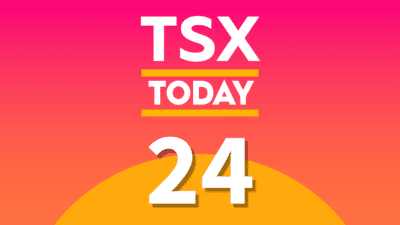What was once a hedge fund hotel came crashing down, resulting in famed investors having billions evaporate. Quite a few, including me, claimed that this once-favourite investment would never return to previous levels.
But on May 9, Valeant Pharmaceuticals Intl Inc. (TSX:VRX)(NYSE:VRX) reported its Q1 earnings. It had adjusted net income of US$273 million — a big change from the quarter-after-quarter losses that Valeant had showed. The only reason Valeant reached profitability is because of a one-off tax gain, but the reality stands: it brought more money in than it spent.
Investors reacted to this by pushing shares up by 35%; however, we need to determine if this company really is turning around. And if it is, should investors consider putting money into it?
Valeant reported mixed results. On one hand, it had positive adjusted net income, and its cash flow from operations was US$954 million, but revenue dropped by 11% to $2.1 billion. The company blamed exclusivity losses for a series of its products, making it harder to generate revenue. Further, the company blamed foreign currencies.
On the other hand, the company also increased its FY 2017 EBITDA guidance from the old range of US$3.55-3.7 billion to the new range of US$3.6-3.75 billion. So, the company has seen a drop in revenue, but it also projects that its FY EBITDA should be higher than it had originally thought.
Let’s move to the one factor that really matters when it comes to analyzing Valeant: debt.
If you recall, Valeant built its entire business on borrowing massive amounts of money to acquire other pharmaceutical companies. It could then hike the price of drugs, boost cash flow, and manage its debt accordingly. However, now that the company doesn’t have that same potential, it is being weighed down quite significantly by the debt.
During the quarter, management paid down US$1.3 billion in debt, which brings the total paid down since Q1 2016 to a decently sized US$3.6 billion. And going forward, management expects to pay down at least another US$1.4 billion by next February, bringing it to a combined US$5 billion in repaid debt.
The importance of this cannot be overstated, because Valeant has US$5.8 billion in debt due in 2020 and over US$10.5 billion due in 2022. Management has been selling assets, completing US$1.3 billion in asset sales in the quarter with another US$819.9 million in asset sales due sometime in the middle of the year.
However, this is a double-edged sword: as assets are sold, Valeant loses the cash flow generation from them, making it even harder to pay its debt.
Valeant is going to need its product pipeline, which has historically been on the weak side, to begin adding new revenue sources to the company.
Further, I predict that its Bausch + Lomb business will become increasingly more important for cash flow. It is the only business sector that saw revenue growth, albeit only US$4 million. Fortunately, that division saw 11% volume growth in China, which I believe could be a goldmine for Valeant.
So, should investors should buy Valeant? The answer is an unknown.
Valeant is moving in the right direction by paying off its debt; however, we don’t know how well it will balance the task of selling assets to pay off debt without losing too much cash flow.
The next few years are going to be very important for Valeant. Taking a small position in this company certainly has its appeal, but the financial machinations required to pay down close to US$30 billion will remain painful. Invest at your own risk.







